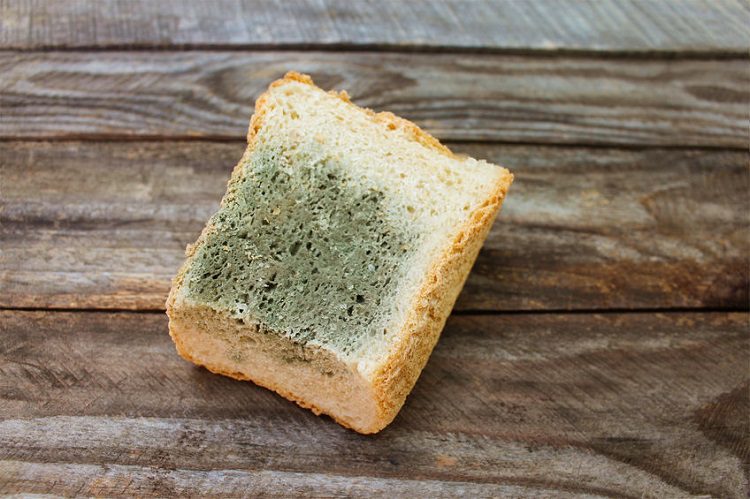When in doubt, throw it out
July 7, 2020 by DarcieOne of the most memorable people I ever met was my friend’s elderly grandmother. At age 98 she traveled to Hawaii for the first time. At 99, she worked a garden larger than any I have ever tended, filled with corn, beans, and her favorite vegetable, sweet potatoes. She canned many of the vegetables and fruits she grew in her garden, and ate them long past what most people would find to be a safe consumption date. Once she opened a jar of a blackened substance as dark as coal tar and sniffed it. “Peaches!” she remarked cheerfully, and proceeded to eat them, because she hated to waste food.
Even though Mrs. F. lived to be 106, her method for determining which foods were safe to eat is not an example anyone should follow. My own experience has taught me to be circumspect – once you have been hospitalized for food poisoning, you tend to be more cautious (mine came through fast food, not from anything I made). Many people will tell you that it’s okay to scrape the mold off the top of that jar of jelly, and while I have done that in the past, it is not advisable. Anyone who has taken a biology class can tell you that the mold you can see is only the tip of the proverbial iceberg: there is no “clean” part of moldy bread.

As much as we would like to prevent food waste, especially during a time such as this , eating food that has gone off is a dangerous gamble. This is not to be confused with eating items that are beyond their “best by” date, as we have reported before, “best before” dates are arbitrary and have little to do with food safety. Even though there are a handful of foods where mold can be safely wiped or cut away, most items that have mold or rot on them should be tossed into the compost bin. Even if it is not rotting, some foods past their prime are not safe to eat, as Taste of Home explains regarding sprouted potatoes: the sprouts contain higher levels of the toxins solanine and chaconine which can cause stomach discomfort, headache, and fever.
If you want to buy in larger quantities to ensure fewer trips to the store, choose items that store well. Frozen foods are a good choice because they often contain higher levels of nutrients than fresh foods that have lounged in the produce bin for days or weeks. Use items that are more perishable, such as fresh berries and soft greens, soon after you bring them home, leaving items with a longer shelf life like apples and onions for later. If you aren’t going to eat that loaf of bread in a day or two, chuck part of it in the freezer as bread freezes well (but don’t store it in the refrigerator because its starch molecules recrystallize very quickly at cool temperatures, causing the bread to become stale more quickly).
Categories
- All Posts (6620)
- Antipasto (1988)
- Author Articles (241)
- Book News (918)
- Cookbook Giveaways (945)
- Cookbook Lovers (247)
- Cooking Tips (97)
- Culinary News (298)
- Food Biz People (538)
- Food Online (758)
- Holidays & Celebrations (257)
- New Cookbooks (140)
- Recipes (1442)
- Shelf Life With Susie (231)
- What's New on EYB (129)
Archives
Latest Comments
- ccav on Essential cookbooks
- ccav on Mother’s Day Gift Guide and Giveaway
- dataentrytard on Mother’s Day Gift Guide and Giveaway
- hae1123 on Food Gifts Cookbook and Gift Box Giveaway
- mcrimmins on Mother’s Day Gift Guide and Giveaway
- hangryviking on Mother’s Day Gift Guide and Giveaway
- JenjiRM on Zaytinya – Cookbook Giveaway
- JenjiRM on Flavor – Sabrina Ghayour – Cookbook Giveaway
- Jnr2389 on 5 Ingredients Mediterranean by Jamie Oliver – Cookbook Giveaway
- Jnr2389 on Treats from the Den – Cookbook Giveaway